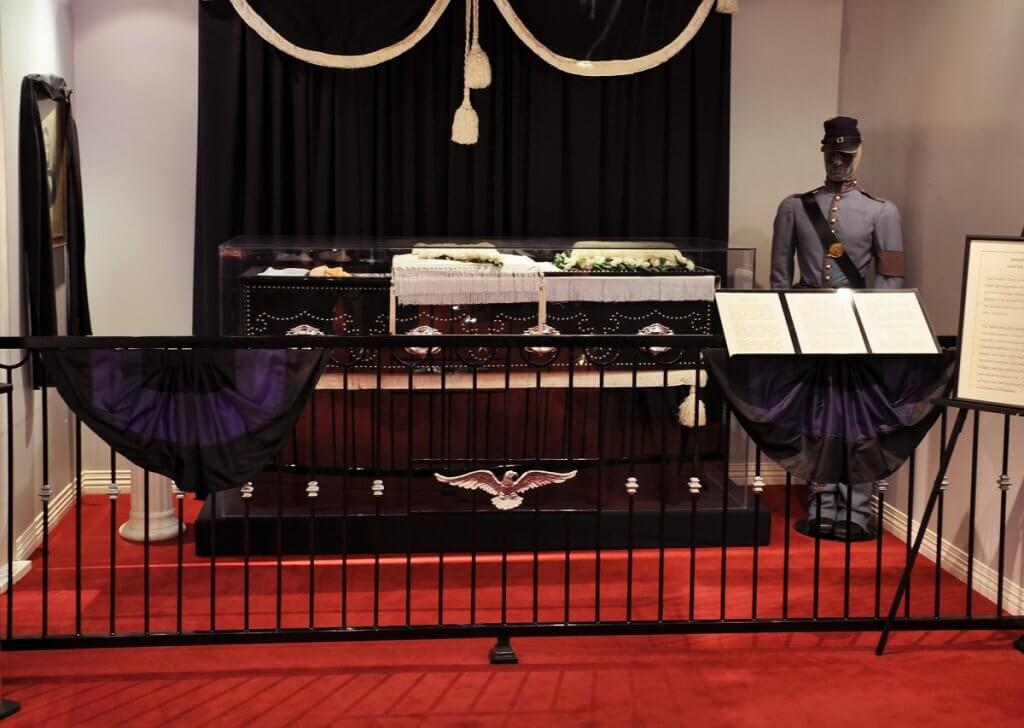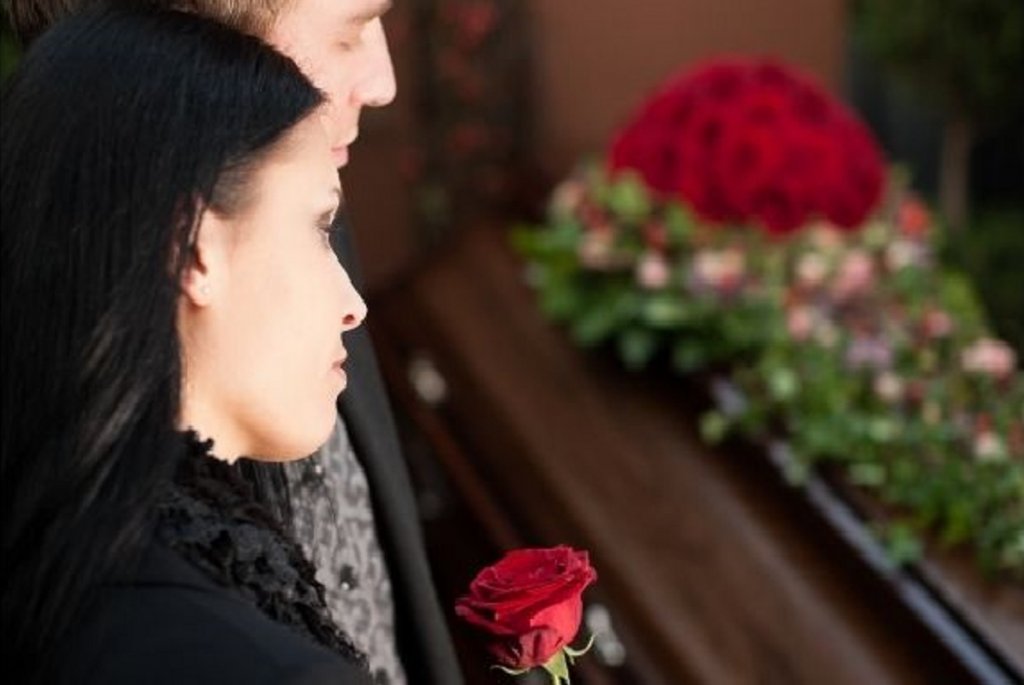An open casket funeral displays the body for viewing, while a closed casket is not open at the wake, funeral, or both. There are pros and cons for each, but preparing the body for display in part of the funeral process requires more services from the funeral home.
Deciding on an open or closed casket funeral is not a simple open and shut matter. The main difference is whether the body of the deceased is displayed for viewing or not, and the lid of the casket, as a result, is open or closed.
Both options have benefits, but it is up to the family members to decide what is best for everyone during funeral planning.

Table of Contents
Why Do Many People Choose An Open Vs. Closed Casket Funeral?
In an open casket funeral, the casket remains open throughout the wake at the funeral home or for portions of the funeral service. The reasons for an open casket funeral vary, but it is seen as a more traditional take on funerals. Often, it provides family members with the last time to look at their loved one.
Historically, the practice of open caskets became popular in the late 19th century after the death of President Abraham Lincoln, and the practice has stuck. The funeral industry emphasized the role that the open casket has in offering a sense of closure.
When it is time for final goodbyes, the common wisdom is that an open casket allows closure. Funerals are an emotional time, so not allowing family members and other mourners a last chance to see the body can actually be jarring for some.
However, some families, as well as those who come to the viewing, are put off by the open casket. It may be particularly disturbing to children. Even the deceased may have rejected the idea when pre-planning and requested a closed casket.

Why Would A Funeral Have A Closed Casket?
Why would a funeral have a closed casket?
- Personal Preference. Some members of the immediate family (or perhaps the deceased themself) do not want the body on display. Close family members may see their loved ones for the last time before the casket is closed before public viewing.
- Cost. A major reason for a closed casket is cost-effectiveness. A closed casket funeral can often be cheaper, due to the fact that the body does not have to be prepared in the same way.
The dead person need not be embalmed, which is usually required for an open-casket display. The funeral director and staff do not need to spend time making the body presentable or giving it a life-like appearance. Enhancing it with cosmetics, hair styling, and just the right outfit are unnecessary.
The casket itself will need no inside embellishment with casket back panel inserts or internal casket flower sprays. The savings can be at least $1,000-$2,000. - State of the Body. If the body was ravaged by illness, disfigured from an accident, or partially destroyed by a fire or explosion, an open casket not be recommended or even possible – even if the funeral home staff did major restoration work. If the cause of death were something horrible, the condition of the body would make even a restored body very disturbing.
Closed casket proceedings are common when infants die. - Religious Beliefs, Traditions, and Customs. Many religious faiths have strict prohibitions against open casket funerals. Some Jewish and Muslim groups prohibit viewings as they believe in quick burial without embalming., while Quakers have no wakes and no body at the funeral.
- Cremation. Many people prefer to be cremated after their death which does not preclude a viewing and funeral, but embalming and viewing charges drastically increase the cost. Many select cremation services so that their remains can be scattered into nature, so the use of embalming chemicals runs counter to why they selected cremation. An open casket wake would make no sense.
- Delay in Receiving The Body. If the deceased died across the country or even out of the country, shipping the body may be delayed. Even if the remains were refrigerated, the deterioration of the body might be too great for open-casket proceedings.
Can Viewers Touch The Body If The Casket Is Open?
Touching the body is something that is viewed as socially acceptable in open casket funerals. People often touch the hands or face of the deceased, and some even pat the hair or kiss the person. Many people have no desire to touch (or even see) the corpse, however.
Some families are uncomfortable with their deceased loved one being touched. Other times, there has been so much restoration of the body that touching it might damage the work.
If no one should touch the body, this should be communicated beforehand, perhaps with a tasteful sign by the coffin.

Is The Body Embalmed For A Closed Casket?
When it comes to embalming dead bodies, that is typically reserved for an open casket service.
Embalming is not even required by law in most places and is done by funeral homes for health, safety, and temporary preservation of the body.
When it comes to a closed casket service, embalming is not something that is required, so therefore most closed caskets do not have it done.
It is an option to have the body embalmed if there is to be a viewing, but it is not typical since it is an added expense. For this kind of memorial service, people are trying to save money, or the dead body is not fit for viewing, both of which lead to people not requesting embalming services.
Can You Have An Open Casket Viewing And A Closed Casket Service?
Whether to have the casket open or closed for public viewing regardless of the time or kind of ceremony is typically left up to the personal preference of family members.
Many families select an open casket wake or viewing and a closed casket funeral service.
They must make a decision early in funeral planning.
Open-casket viewings are more an American practice than a widespread tradition.

